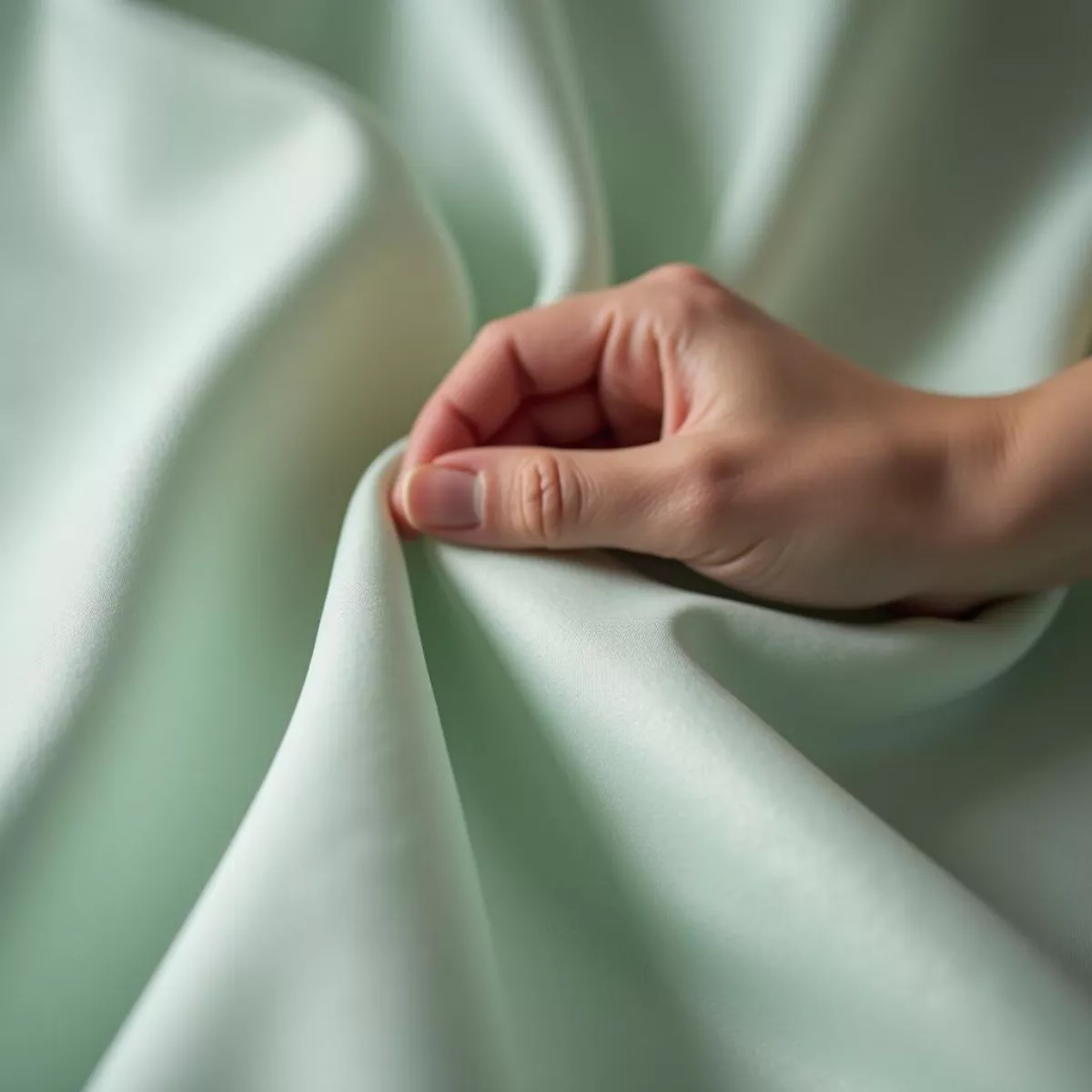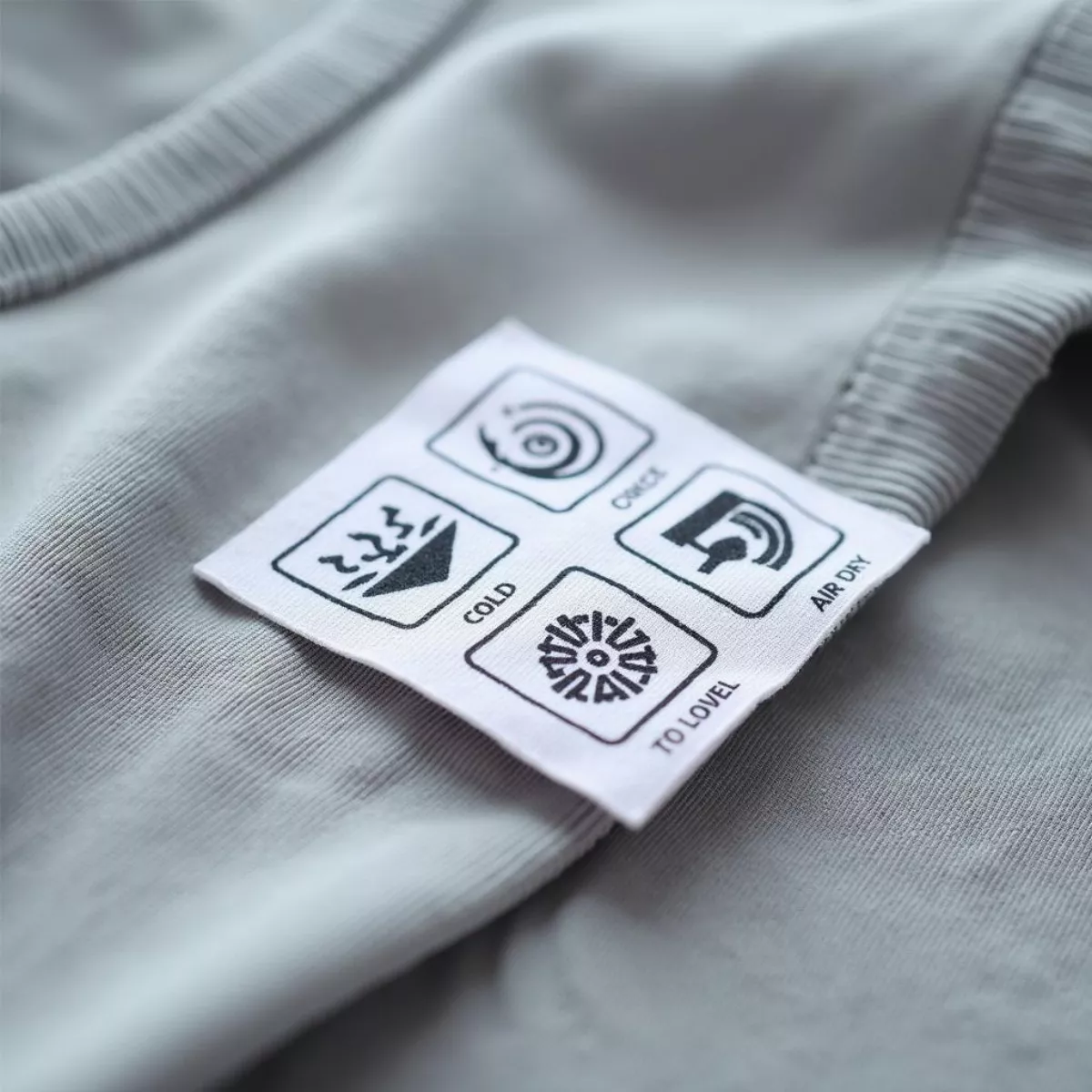If you’re diving into the world of textiles, you may have encountered the term polyamide, often associated with materials like nylon. But what exactly does polyamide feel like? In this article, we’re going to explore the texture, comfort, and various uses of polyamide fabrics. By the end, you’ll not only understand how polyamide feels but also why it is a popular choice in the textile industry.
What is Polyamide?
Polyamide is a type of synthetic polymer that includes materials commonly known as nylon. This versatile fabric is known for its durability, flexibility, and resistance to wear and tear. As a major component in various clothing and home goods, polyamide plays a crucial role in modern textiles.
The Physical Feel of Polyamide
When you touch polyamide, you’re likely to experience a variety of textures, depending on its denier, weave, and additional finishing treatments. Here’s a breakdown of the physical sensations you might encounter:
- Softness: Polyamide can feel soft, especially when it’s treated with additional finishes. It’s commonly used in high-end garments due to its luxurious feel.
- Smoothness: Many polyamide fabrics have a smooth finish, making them glide over the skin. This is particularly beneficial in activewear, lingerie, and other garments that require comfort.
- Stretch: Polyamide has excellent stretchability. The fabric can retain its shape while allowing for a full range of motion, which is perfect for athletic apparel and form-fitting clothing.
- Lightness: Generally, polyamide fabrics are lightweight. This quality helps in creating clothing that feels almost weightless while ensuring durability.
 Woman Touching Polyamide Fabric
Woman Touching Polyamide Fabric
In summary, the feel of polyamide can be summarized as soft, smooth, stretchy, and lightweight, making it a desirable choice in various applications.
Different Types of Polyamide Fabrics
Polyamide comes in various forms, each with unique characteristics. Here are some popular types:
| Type | Key Features | Common Uses |
|---|---|---|
| Nylon 6 | Strong, elastic, resistant to abrasion | Activewear, hosiery, swimwear |
| Nylon 66 | High durability and heat resistance | Outdoor gear, industrial applications |
| Aromatic polyamide (Kevlar) | Exceptional strength, heat resistance | Bulletproof vests, high-performance gear |
Applications of Polyamide
Understanding how polyamide feels can also give you insight into its widespread use. Because of its desirable characteristics, polyamide is utilized across various industries:
- Fashion: You’ll find polyamide in everything from upscale dresses to casual wear.
- Athletics: Its moisture-wicking and stretch capabilities make it a popular choice for gym clothes and swimwear.
- Home Goods: Polyamide is used in carpets, upholstery, and curtains, providing durability and style.
- Industrial Applications: Its strength means it’s often used in manufacturing products like ropes, belts, and other heavy-duty items.
 Various Polyamide Products
Various Polyamide Products
Comfort vs. Performance
When considering polyamide, many beginners often ponder its comfort in comparison to natural fibers like cotton or wool. Here’s a comparison:
| Feature | Polyamide | Natural Fibers |
|---|---|---|
| Breathability | Moderate | High |
| Moisture Wicking | Excellent | Variable |
| Shape Retention | High | Moderate |
| Softness | Generally Soft (but varies by type) | Soft |
| Stretchability | Excellent | Limited |
The Verdict on Comfort
While natural fibers may feel more breathable, polyamide excels in moisture-wicking features, making it feel comfortable during physical activity. So, if you’re wearing polyamide while exercising, you might enjoy a cooler, drier experience.
Caring for Polyamide Fabrics
Caring for polyamide is relatively straightforward. Here are some guidelines to help you keep your polyamide items in top shape:
 Washing Instructions on Polyamide Garment
Washing Instructions on Polyamide Garment
- Washing: Machine wash on a gentle cycle in cold water. Avoid harsh detergents and bleach to maintain color and texture.
- Drying: Air dry is best, but if you must use a dryer, opt for a low heat setting. High heat can damage the fibers.
- Ironing: If needed, use a low heat setting while keeping the fabric damp to minimize creasing.
Key Takeaways
- Polyamide feels soft, smooth, stretchy, and lightweight, making it an excellent choice for various applications.
- It excels in moisture-wicking characteristics, which can enhance comfort during physical activity.
- Polyamide blends well with various other materials, such as cotton or elastane, to enhance the fabric’s properties.
- Caring for polyamide involves gentle washing and low-heat drying to preserve its texture and longevity.
Frequently Asked Questions (FAQ)
- What is polyamide commonly used for?
- Polyamide is widely used in clothing (activewear, lingerie), home furnishings (carpets, curtains), and industrial applications (ropes, belts).
- Is polyamide breathable?
- Polyamide has moderate breathability, making it suitable for various uses, including athletic wear, where moisture-wicking is more crucial.
- Is polyamide safe to wear?
- Yes, polyamide is generally safe for wear, but some individuals may have sensitivities. It’s advisable to check for any skin reactions if you’re new to it.
- Can polyamide be machine washed?
- Yes, polyamide can be machine washed on a gentle cycle, preferably with cold water.
- How does polyamide compare to cotton?
- Compared to cotton, polyamide is less breathable but has better moisture-wicking properties and retains shape and elasticity well.
- Does polyamide shrink in the wash?
- Polyamide is less prone to shrinking compared to natural fibers, especially when washed in cold water and dried at low heat.
- Can polyamide be dyed?
- Yes, polyamide can be dyed using special dyes designed for synthetic fabrics, allowing for vibrant colors.
- What are the environmental impacts of polyamide?
- Polyamide is a synthetic fabric that can be challenging to recycle. However, some companies are developing eco-friendly alternatives using recycled materials.
- Is polyamide suitable for sensitive skin?
- Generally, polyamide is safe, but individuals with sensitivities to synthetic materials should conduct a patch test.
- What is the typical lifespan of polyamide garments?
- With proper care, polyamide garments can last for several years, offering durability and resilience.
 Polyamide Fabric Durability Test
Polyamide Fabric Durability Test
In conclusion, the feel of polyamide is one of its many appealing attributes. It combines comfort, durability, and versatility, proving to be a favorite for manufacturers and consumers alike. Whether you’re shopping for activewear or home goods, understanding polyamide can help you make informed choices about your textiles. Enjoy exploring the multifaceted world of polyamide and its unique texture!

